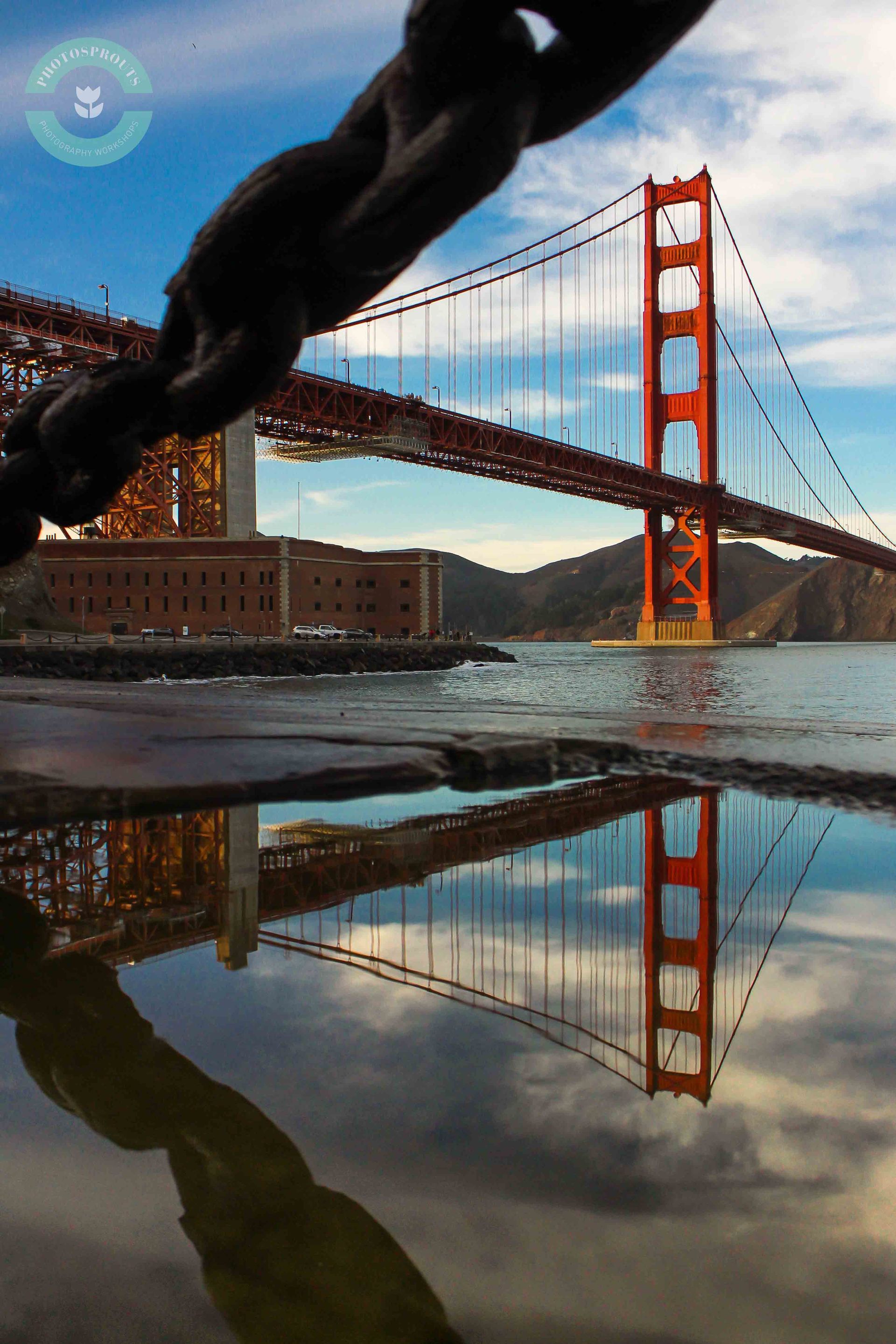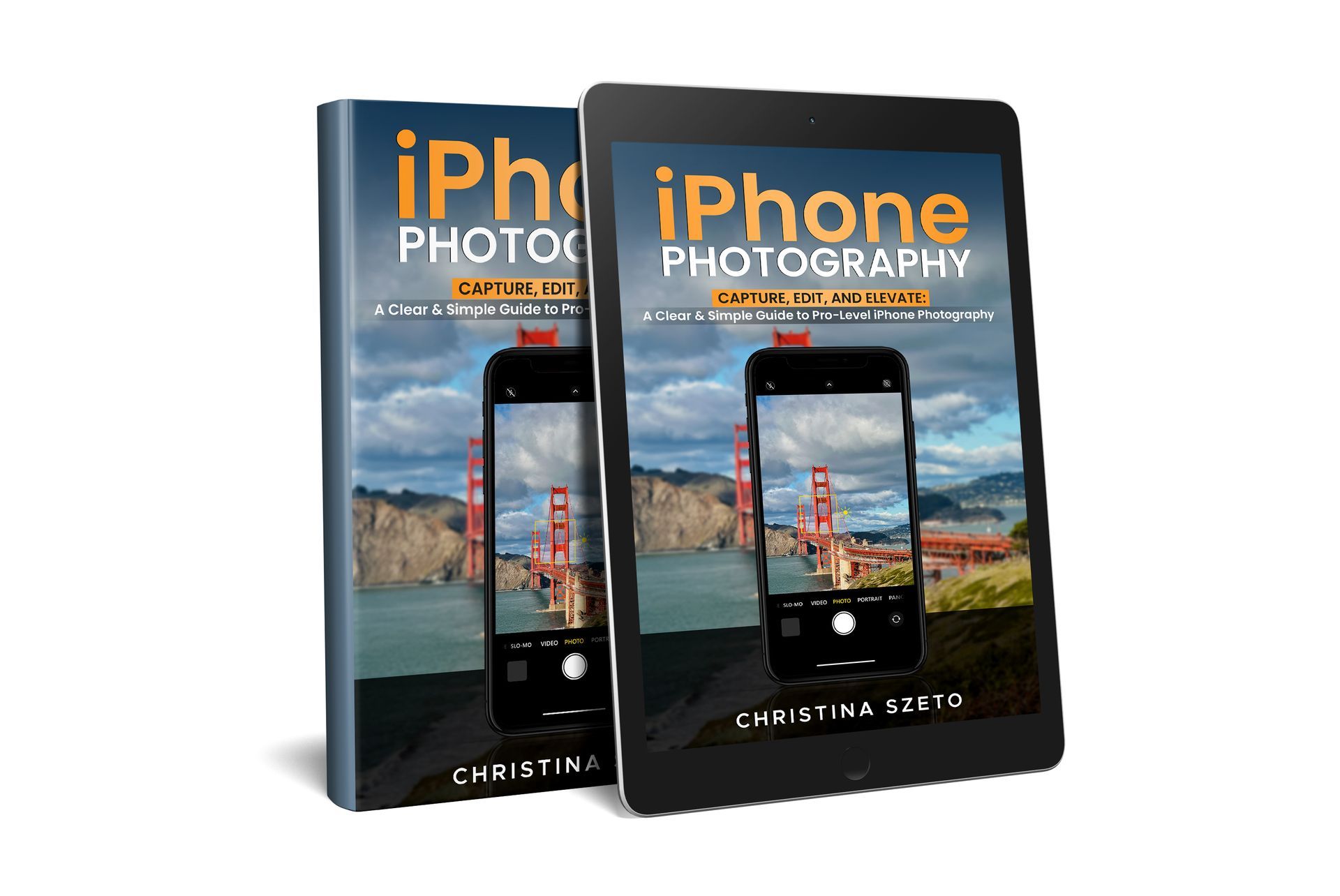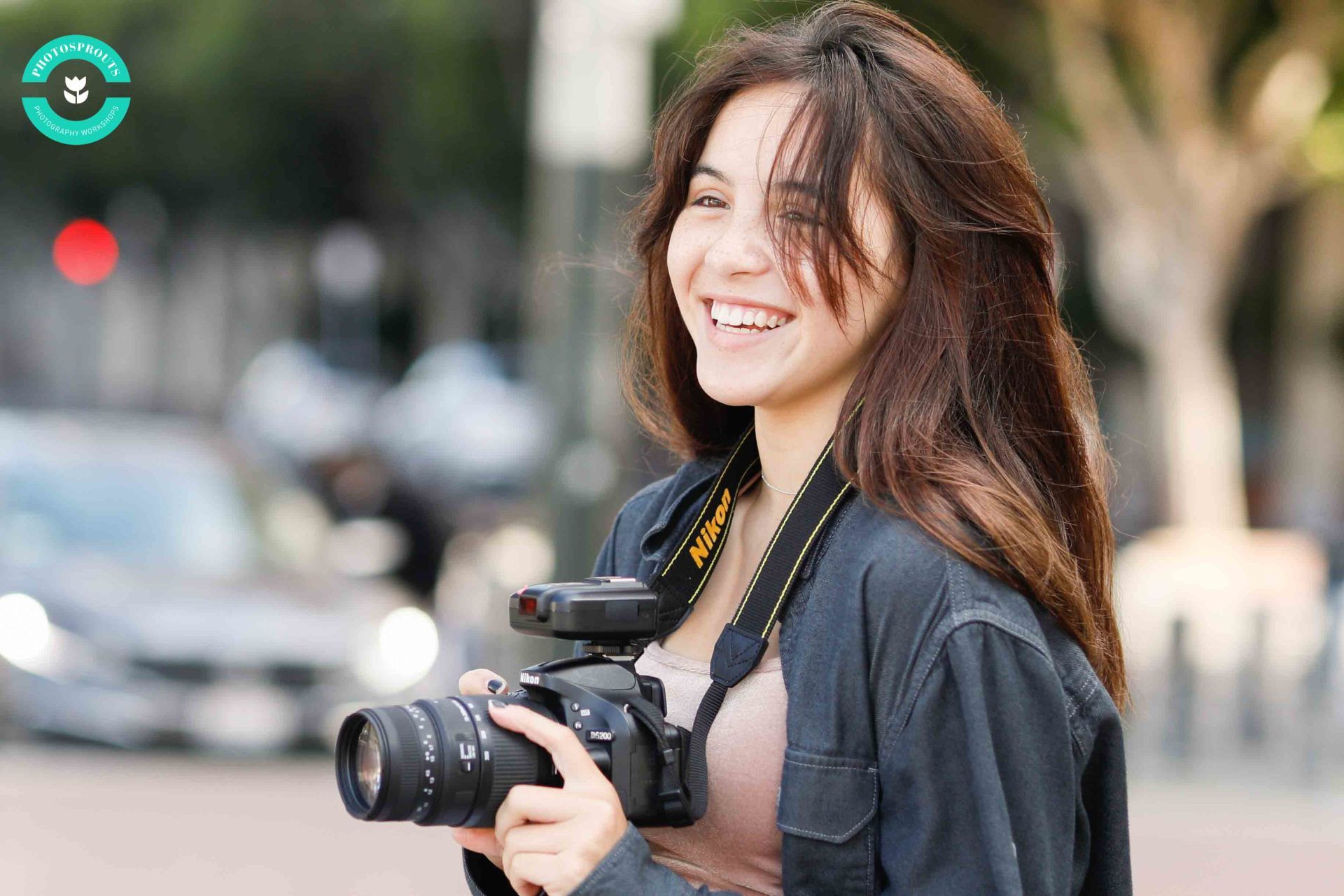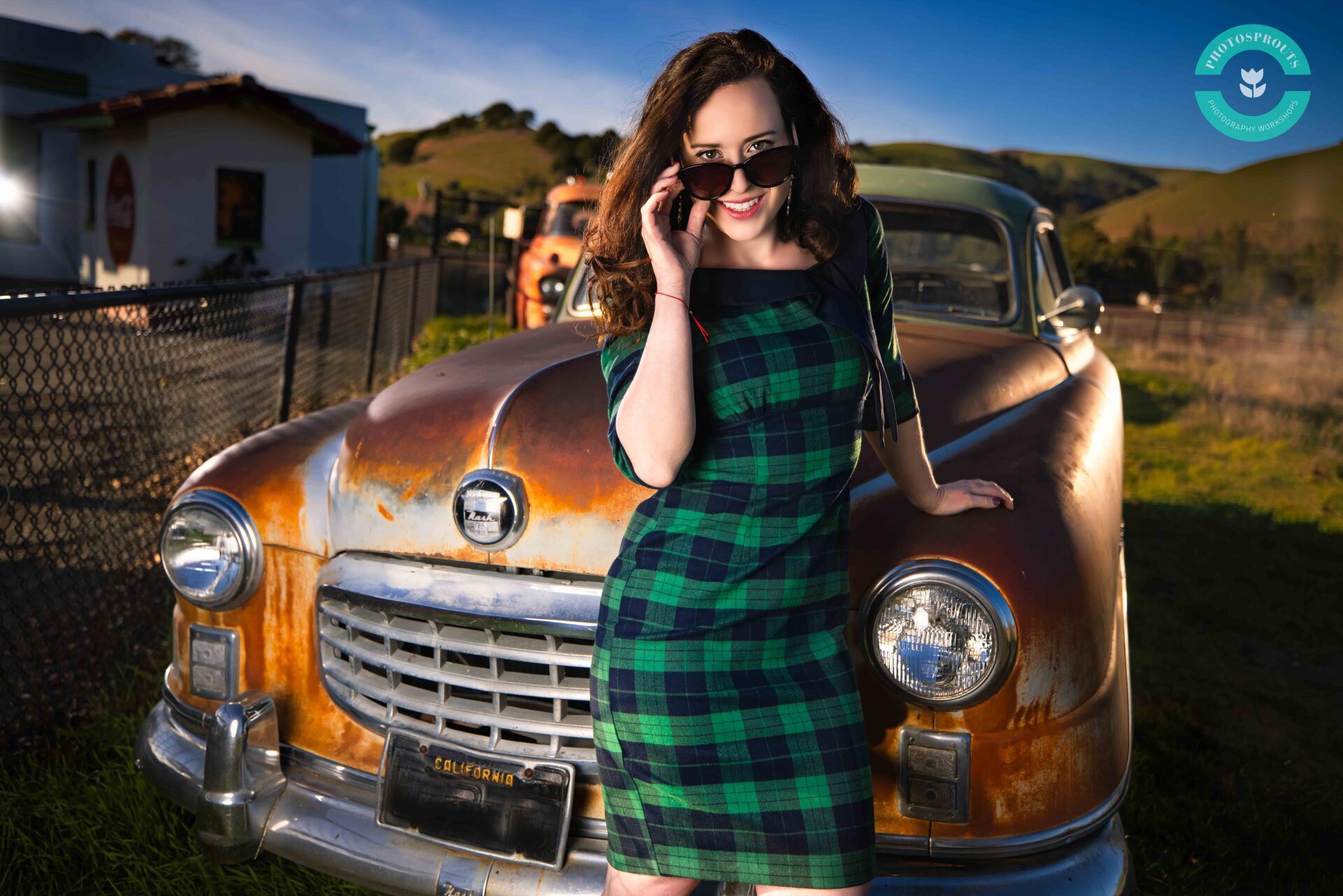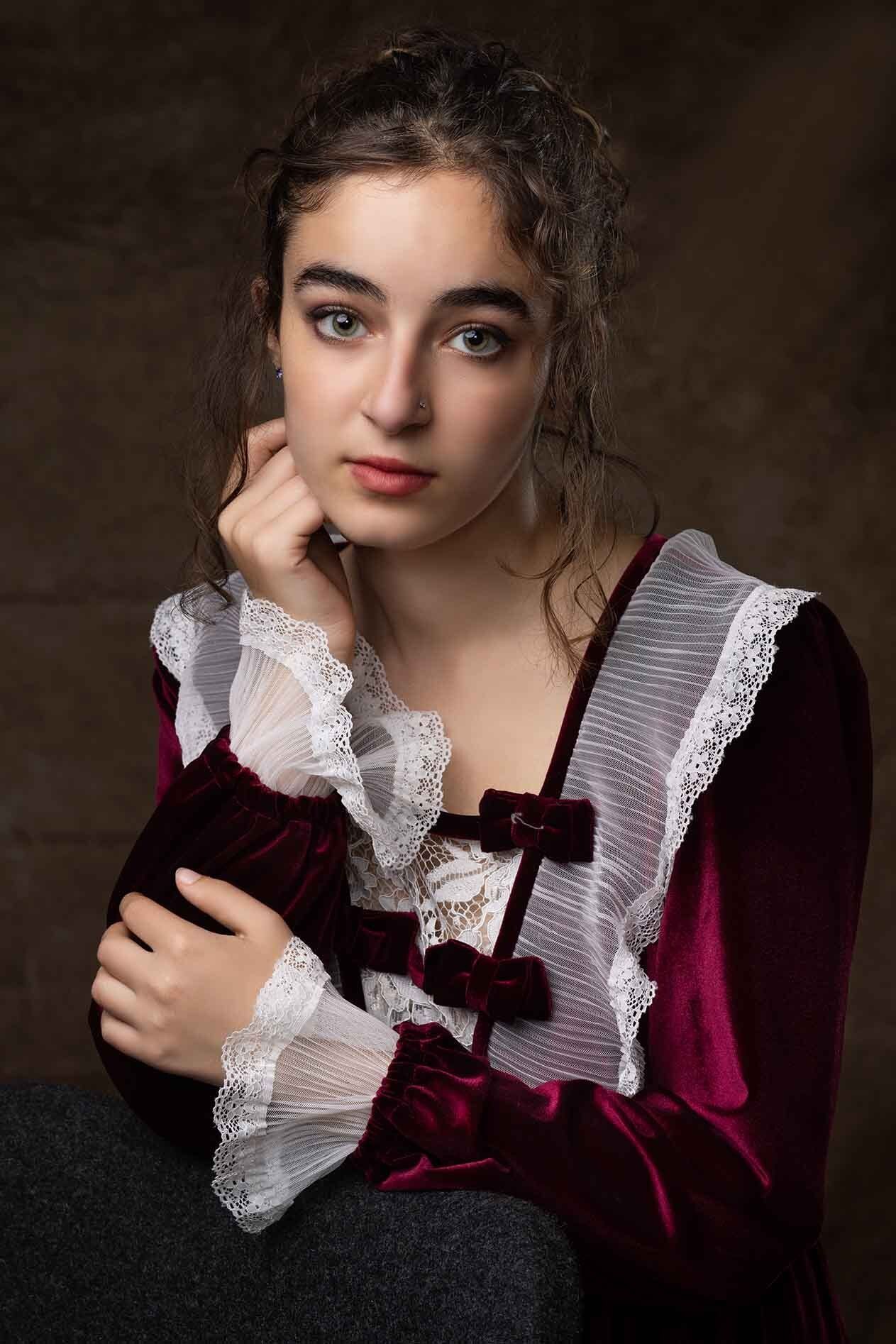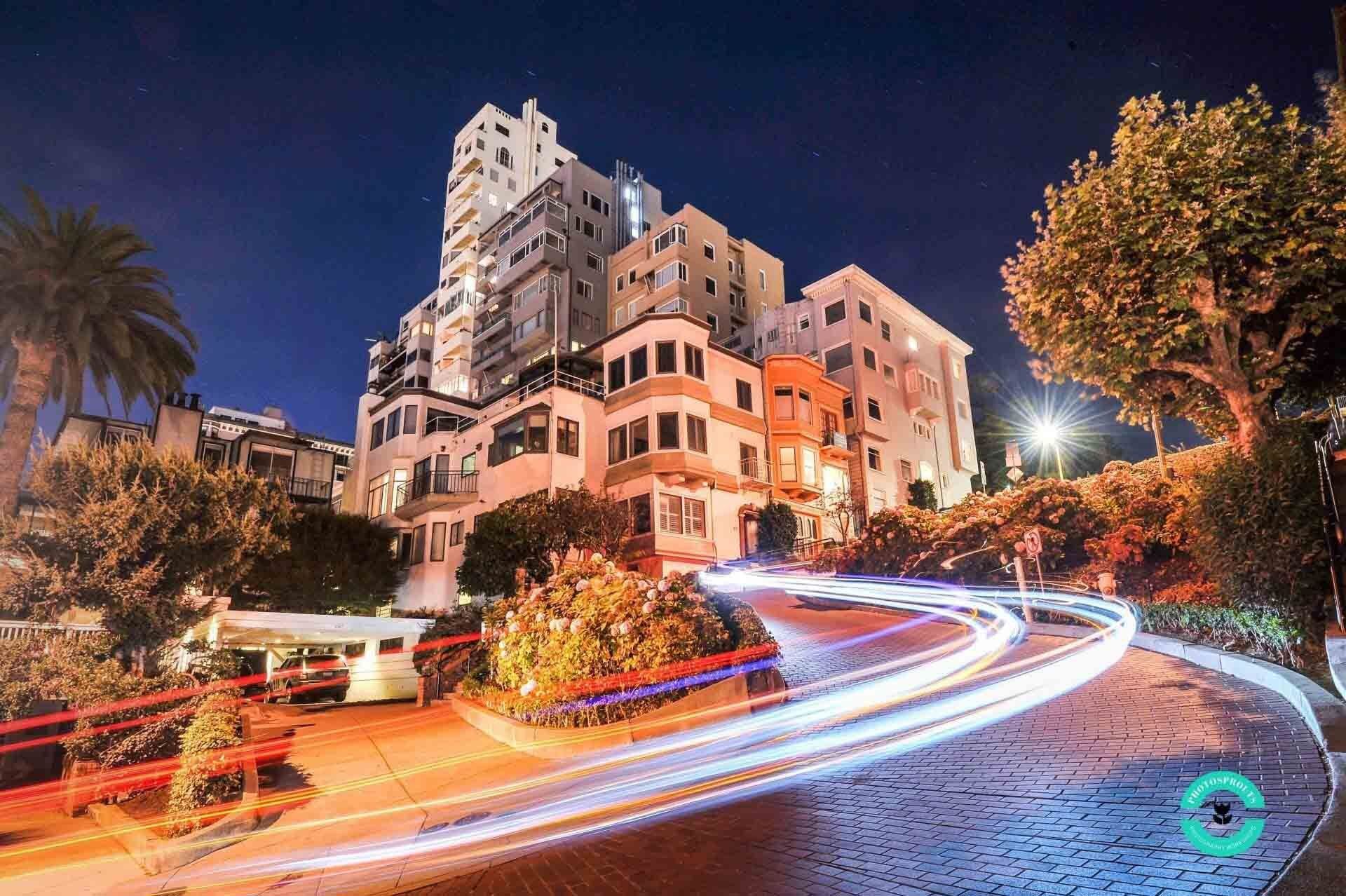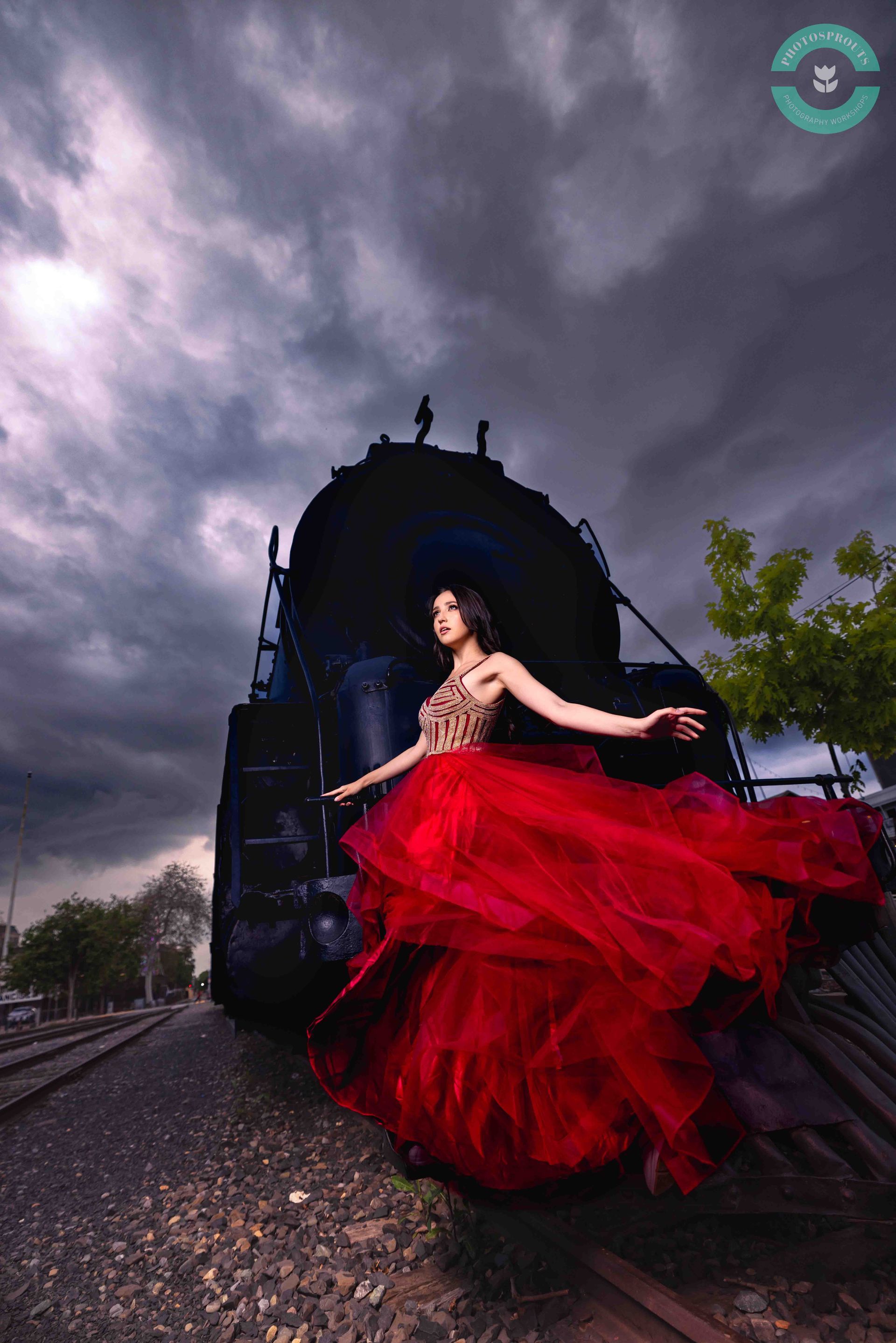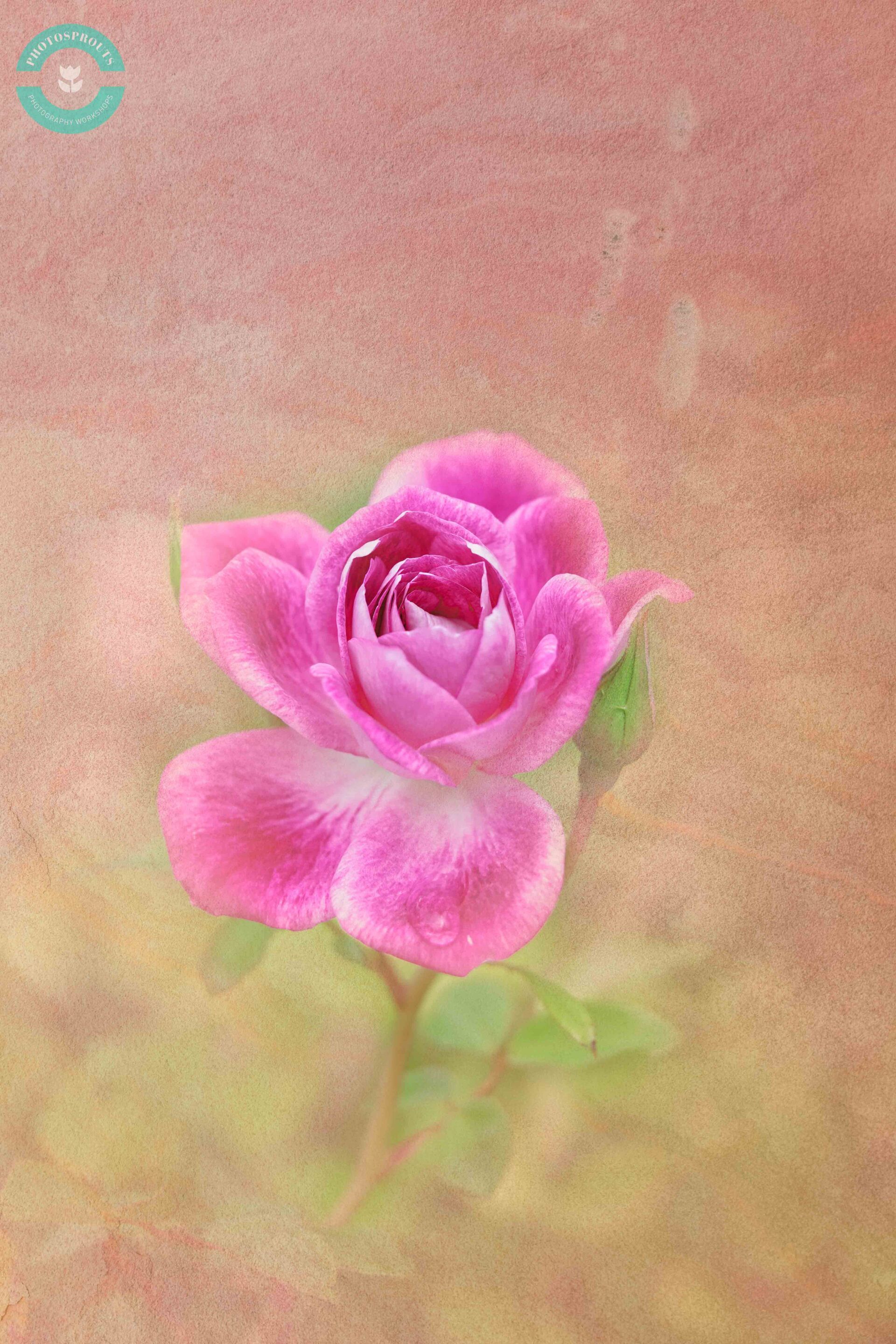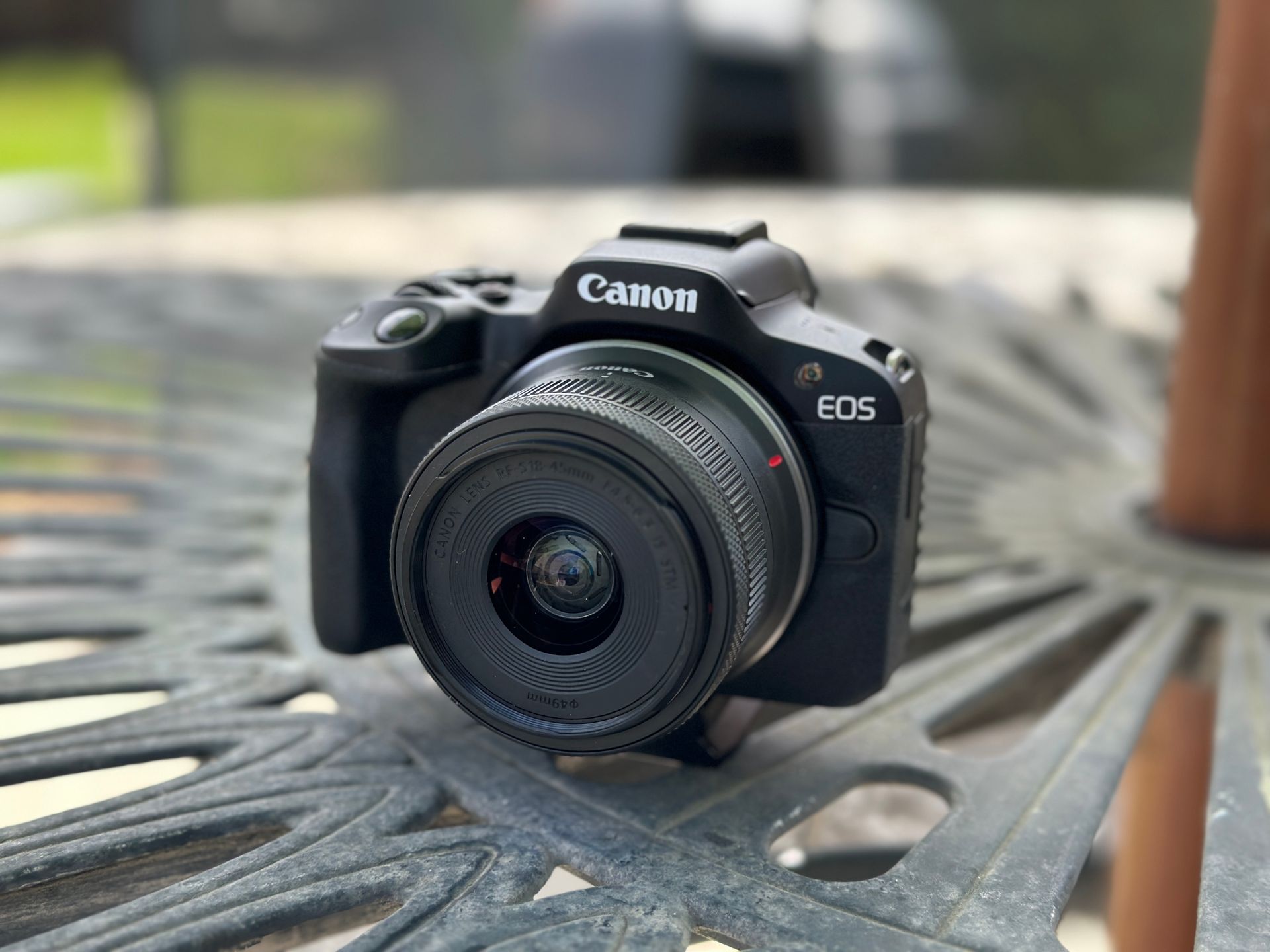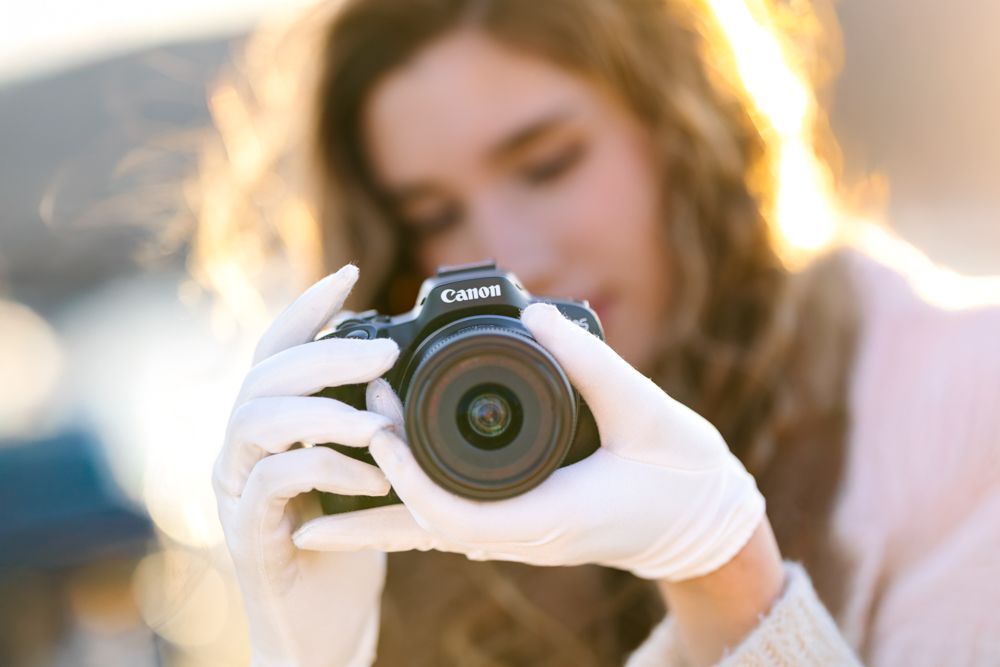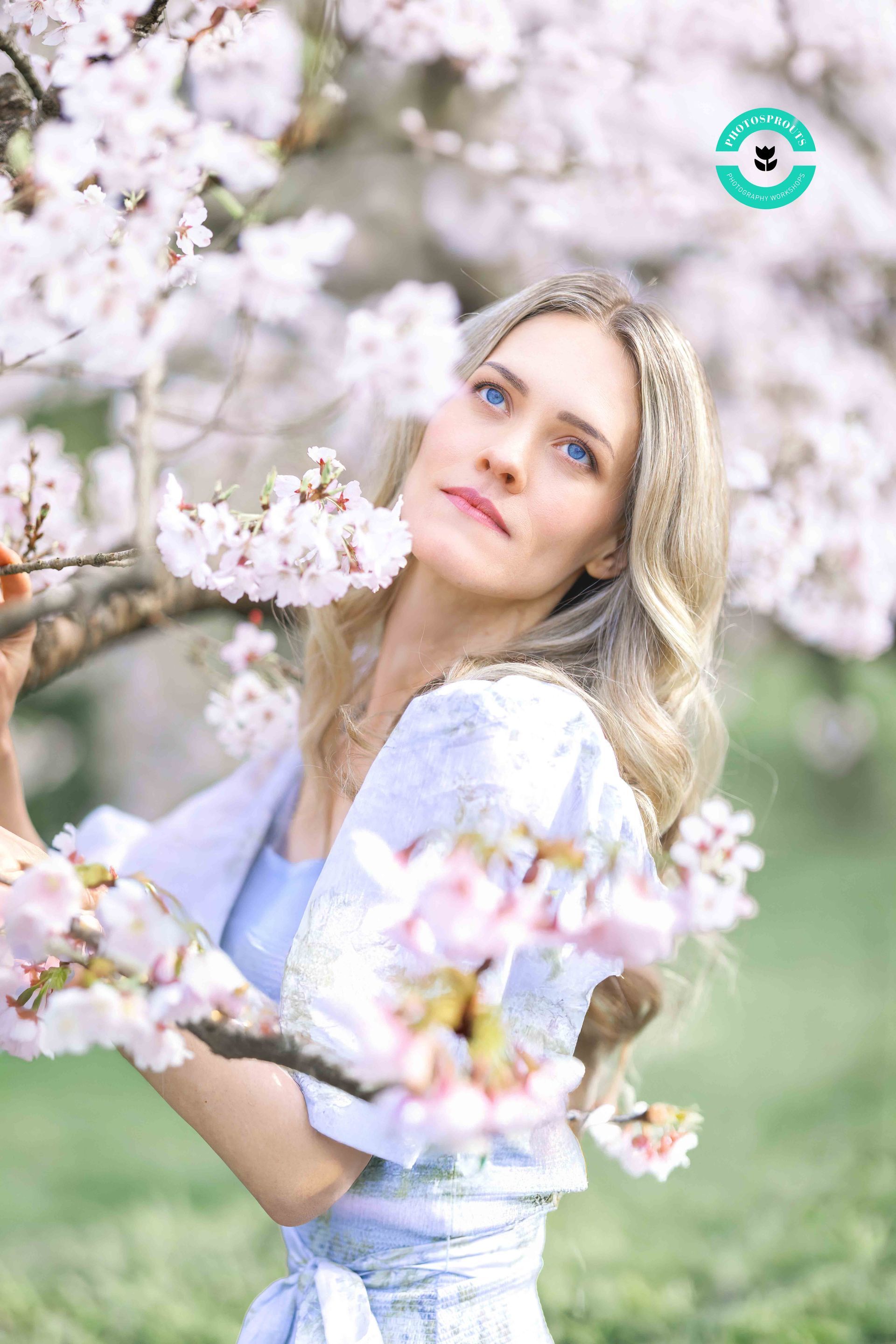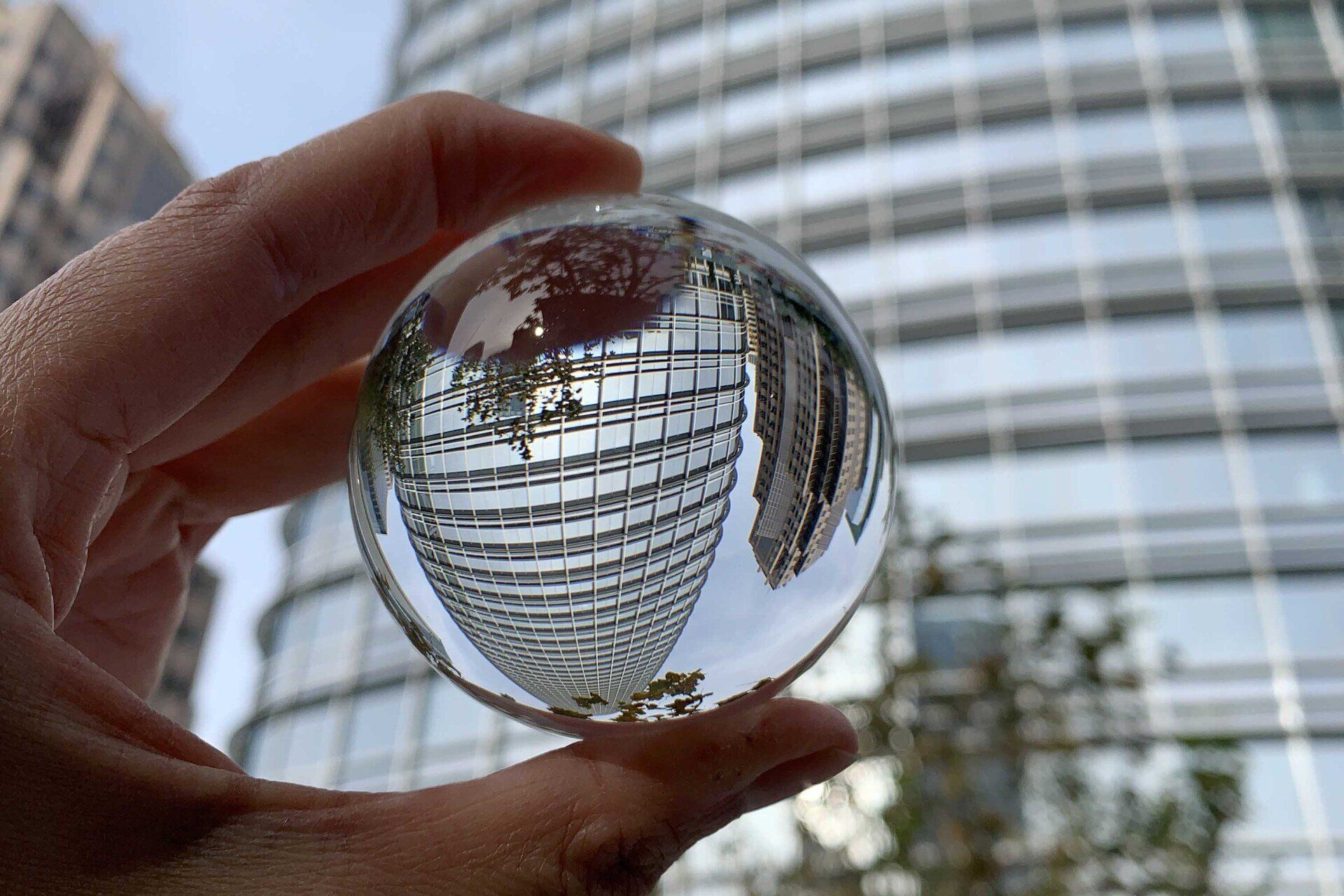$45 Extension Tube vs $999 Macro Lens
You want to get into Macro Photography but a Macro Lens is so expensive...
There is a brilliant alternative to Macro Lenses:
The Extension Tubes.
Extension tubes are hollow tubes that go in between the camera body and the lens to increase the distance between the focus point and the sensor, allowing you to get very close to the subject for a macro shot.
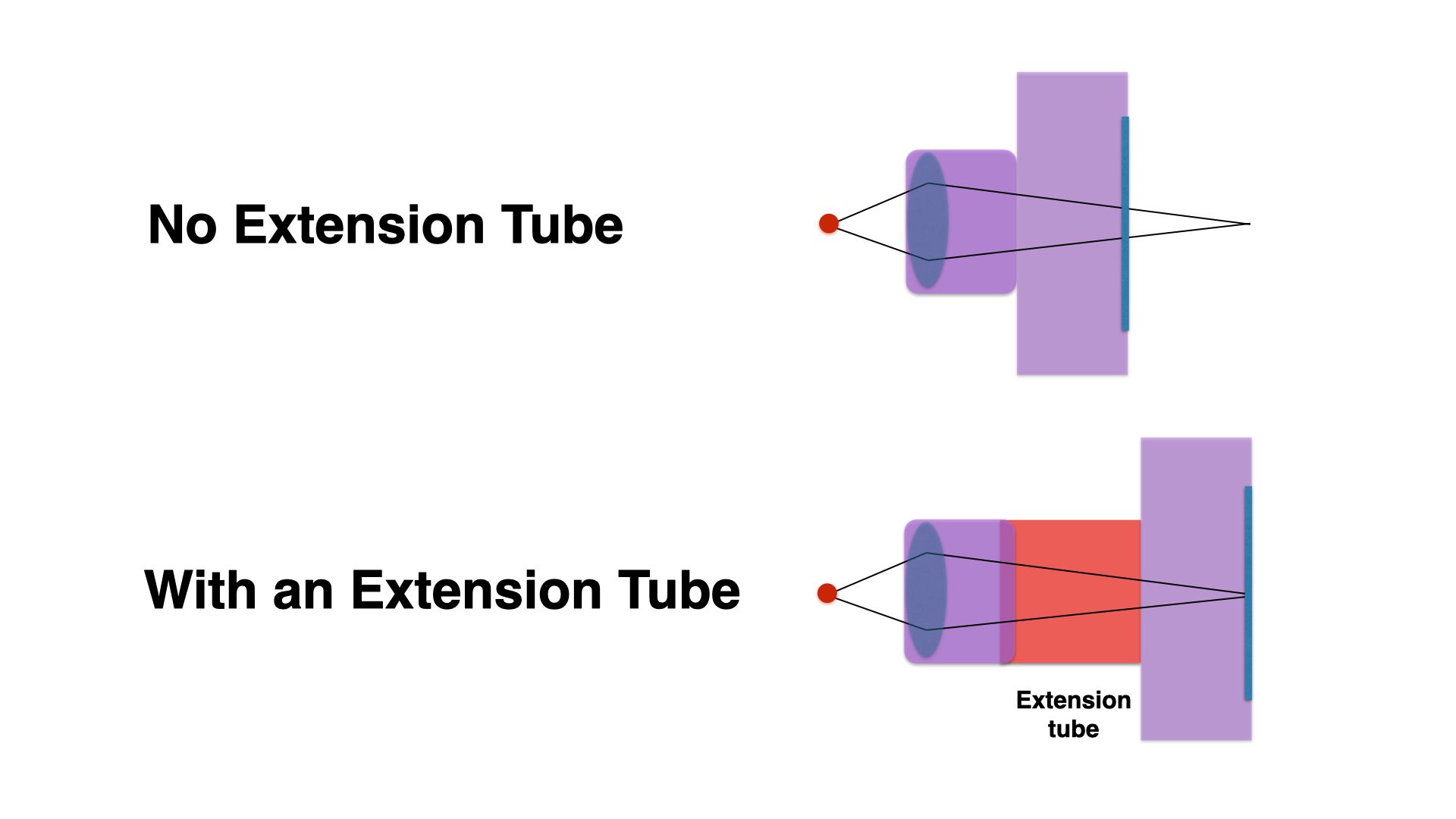

If extension tubes are that good and inexpensive, then why macro lenses still exist?
As someone who has tried both macro lenses and extensive tubes throughly, I would like to make the following reviews.
1. Quality and Sharpness
The image quality also depends on what lens you are using with the extension tubes.
I used the longest extension tube and paired it with the Canon EF 85mmm F1.4 (non macro) and the image turned out to be pretty sharp.
And then I zoomed in a lot more and the edges of the plant started to look soft.
As for the $999 macro lens, the Canon RF 100mm F2.8, it'd better give me good result!
Undoubtedly, the image quality is sharp and excellent.
Even I zoomed in all the way, it didn't fail to impress me.
Conclusion: Extensive Tubes still yield good image quality if you pair it with a sharp lens, and don't enlarge the image. As long as you don't blow up the image, extension tubes do a pretty good job. I will recommend beginners to start with a set of inexpensive extension tubes to get into macro photography.
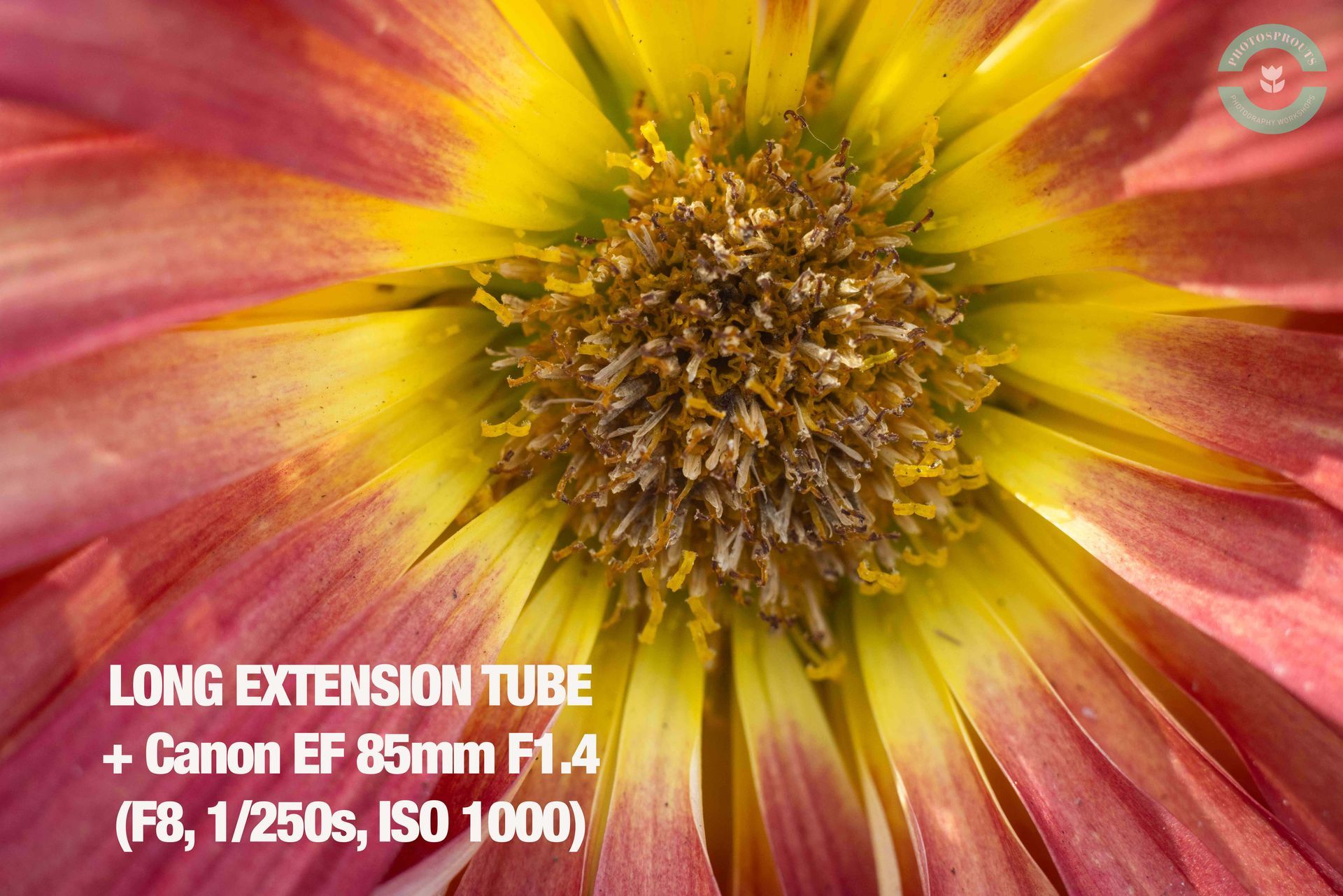
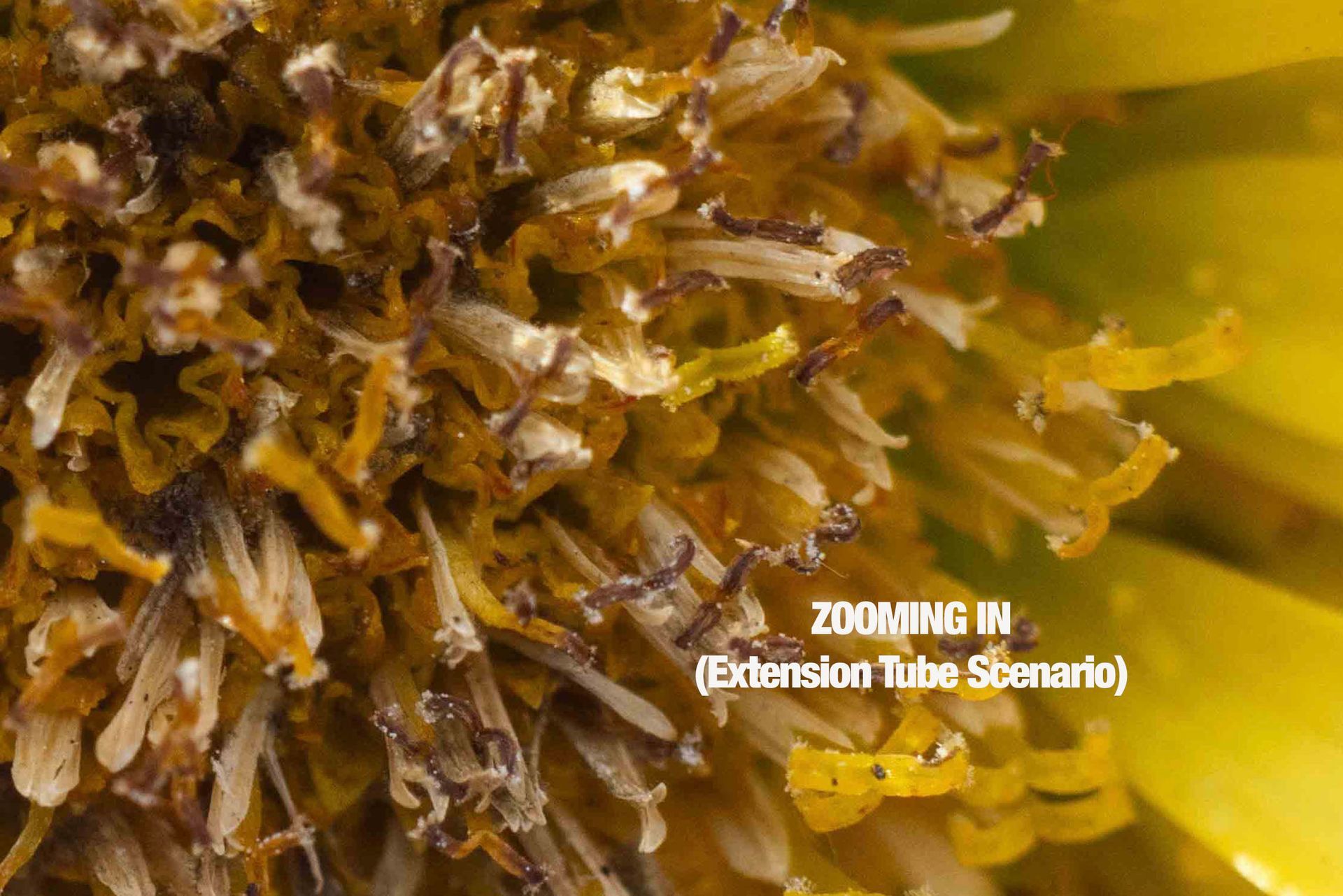
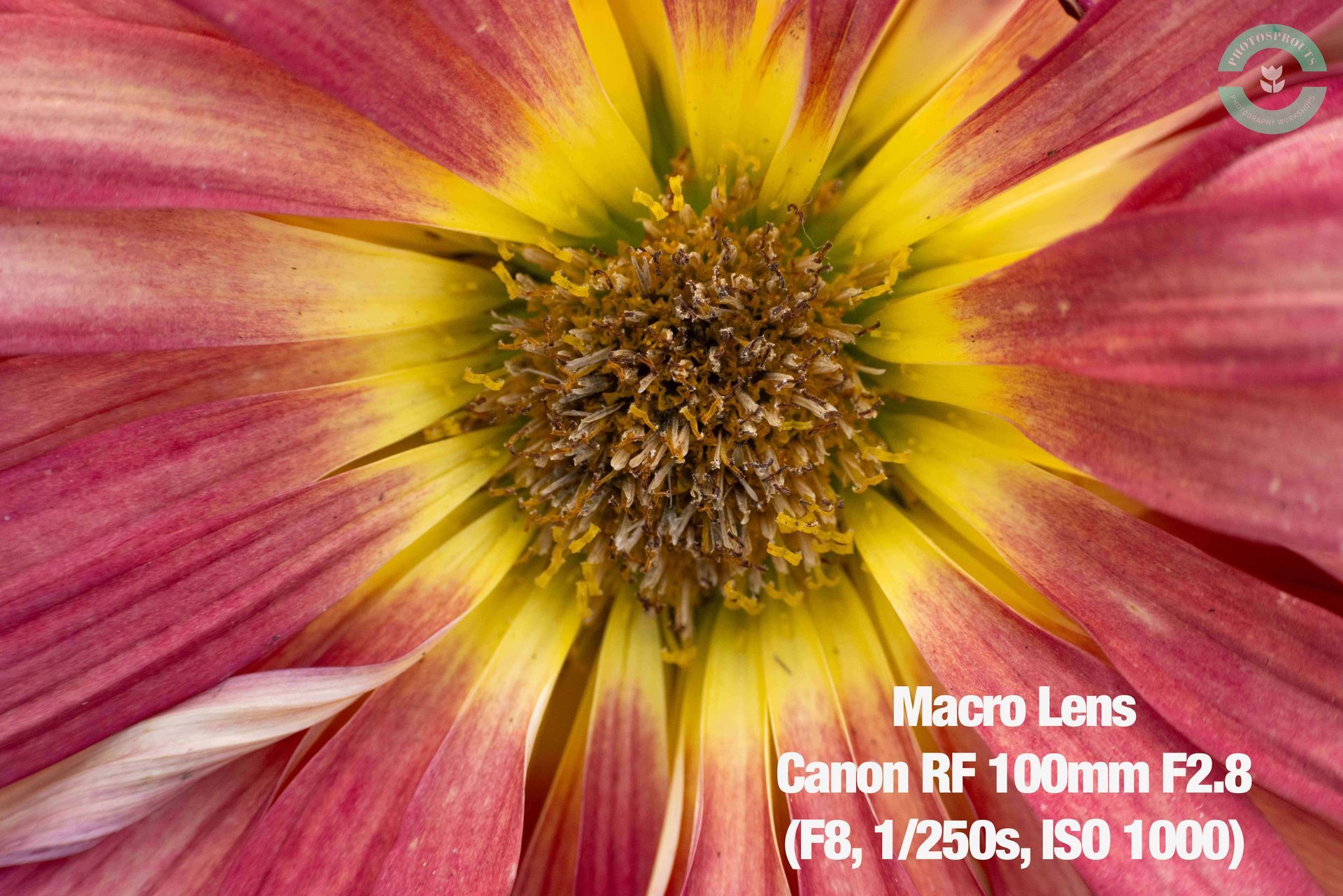
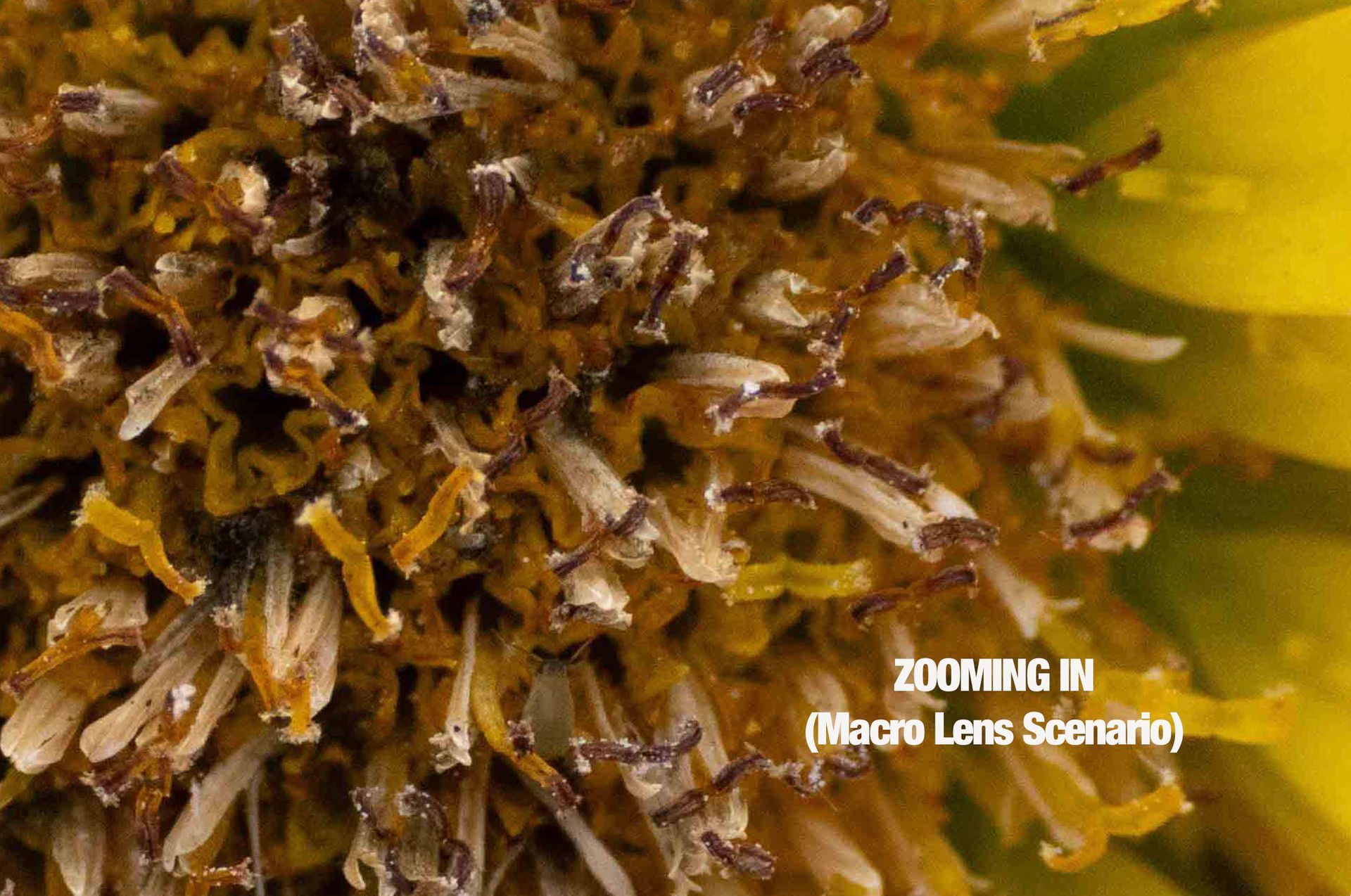
2. Convenience and Working Distance (which is important to me)
There is a fixed working distance for extension tubes.
For example, the working distance of the shortest extension tube is approximately 18 inches and the longest one is 3 inches.
The camera won't focus if you are farther than the tube's working distance.
For example, if you are 20 inches away from the subject on the shortest tube, then the camera won't focus.
This also means you cannot focus on distant objects when an extension tube is attached on the camera! You have to take the tube away for normal photography.
Therefore, I had to switch the tubes/ take off the tube from time to time for different composition and magnification needs and this is so inconvenient!
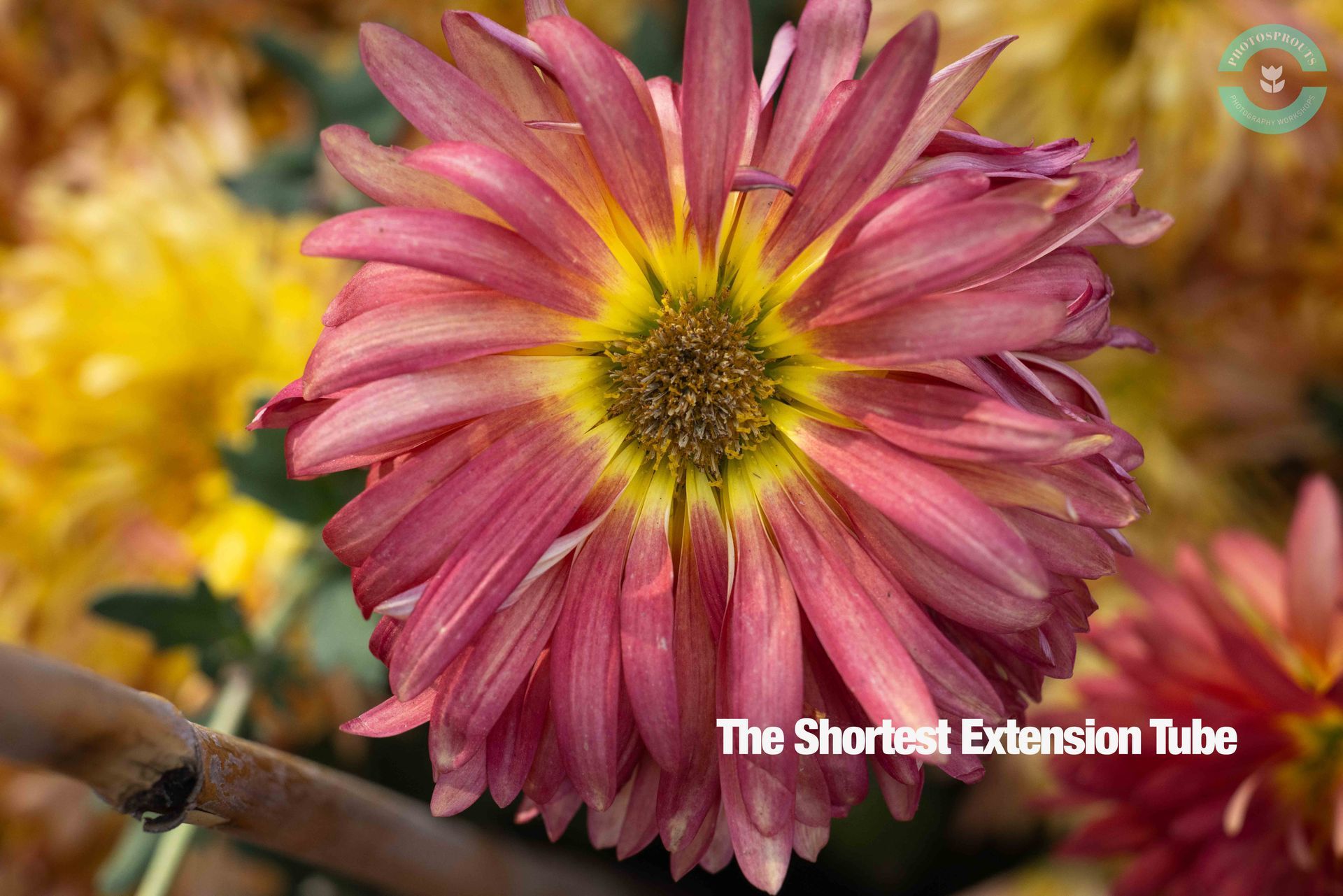
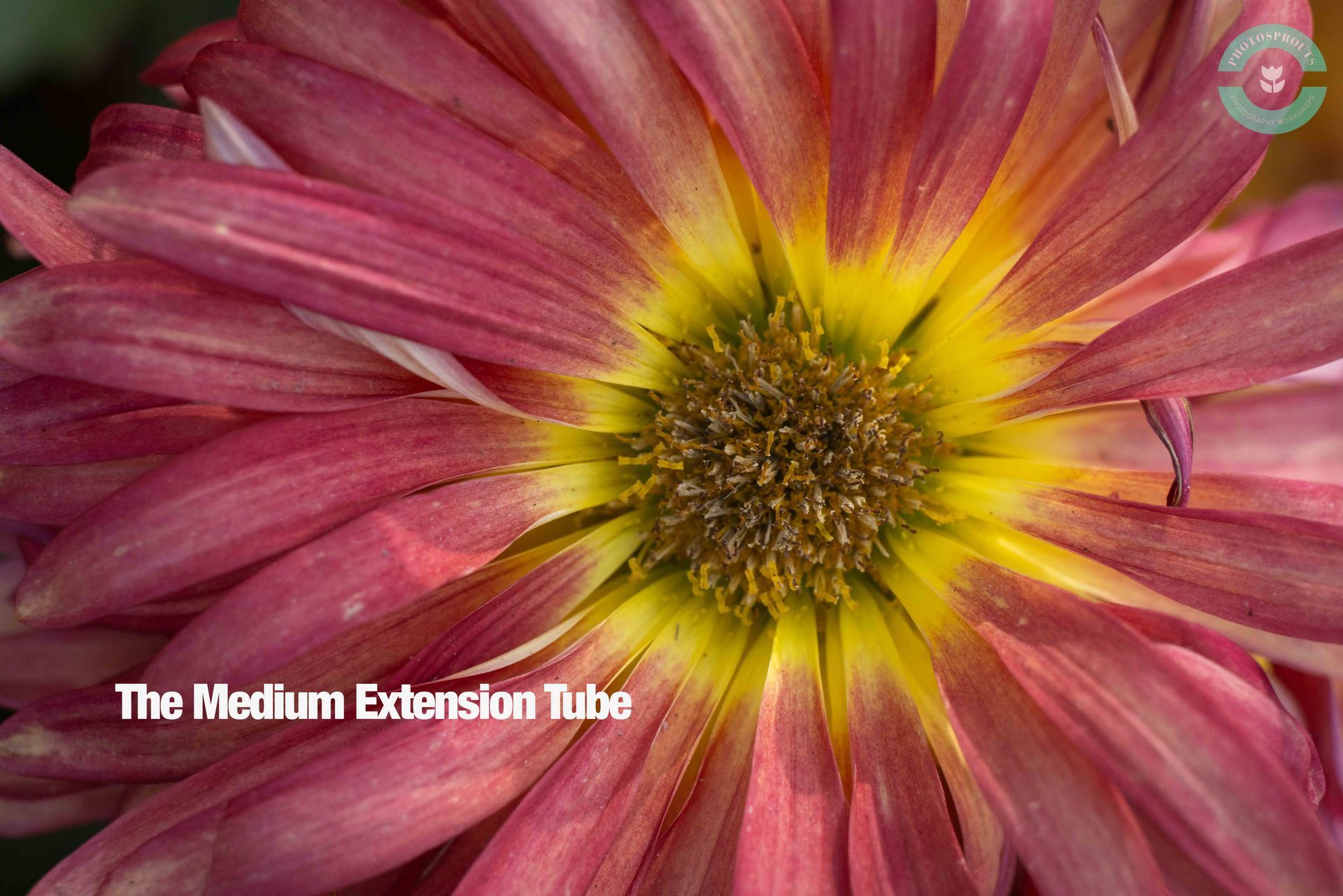
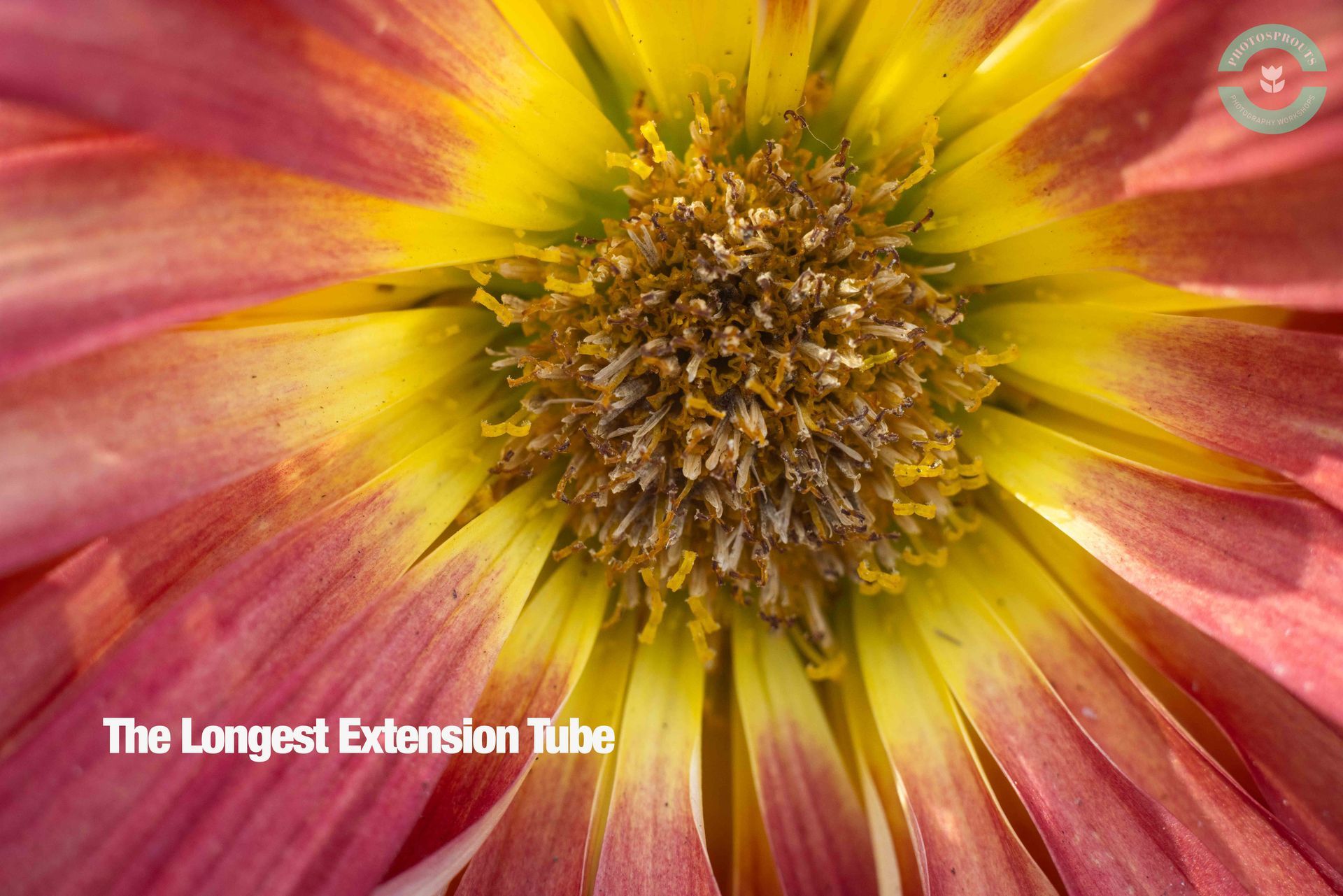
One day, I was so fed up with it and decided to invest $999 (there was a Black Friday deal) to take away the pain of having to constantly switch the tubes.
With the macro lens, I am enjoying full range of working distance.
I can use the macro lens as a typical telephoto lens and shoot at any distance (infinity),
and then when I see a bug I will just get extremely close to it without the need to change the gears.
Conclusion: Christina spent $999 (original price $1099) on a macro lens just for the sake of convenience.
Shot on Canon RF 100mm F2.8 Macro:
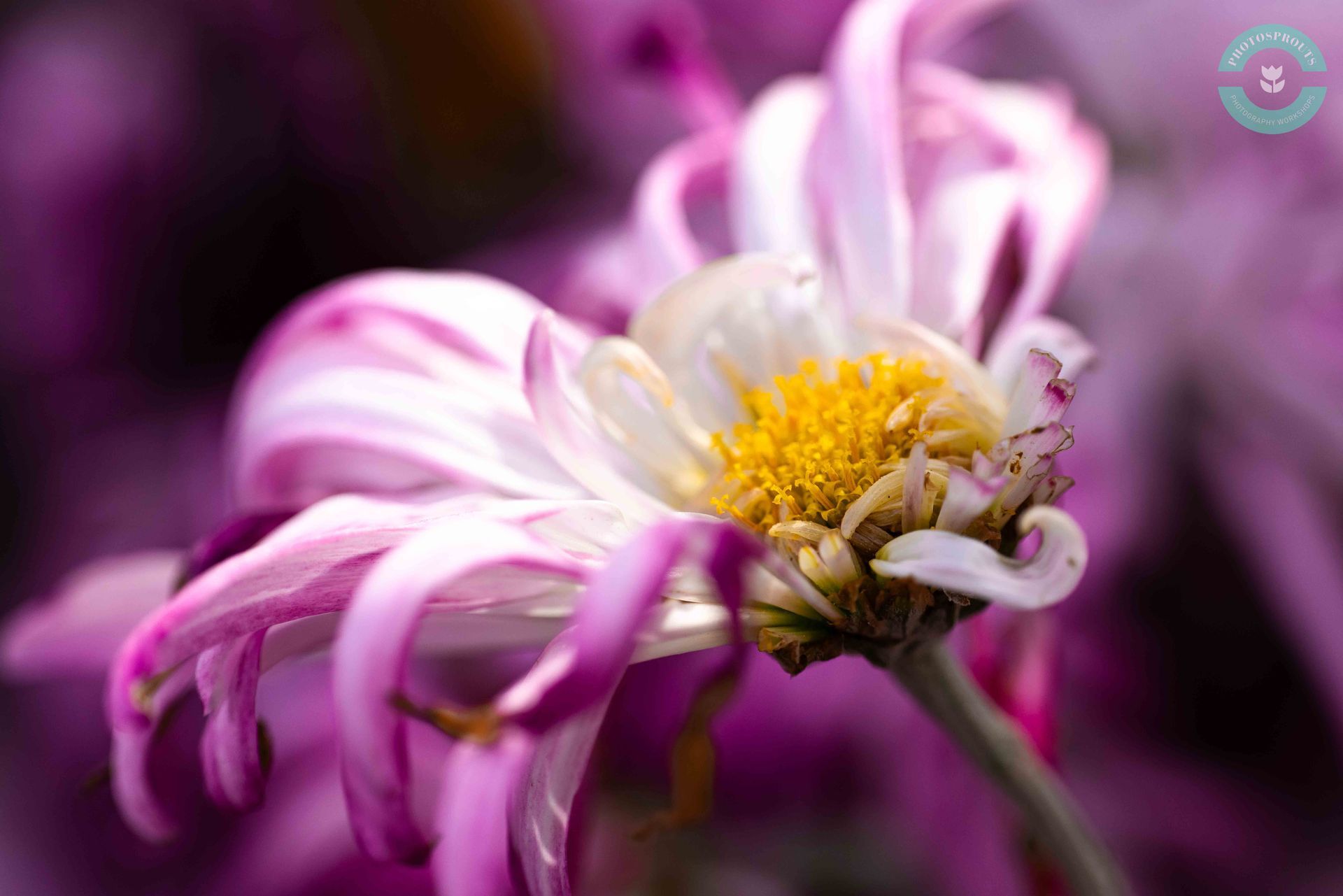
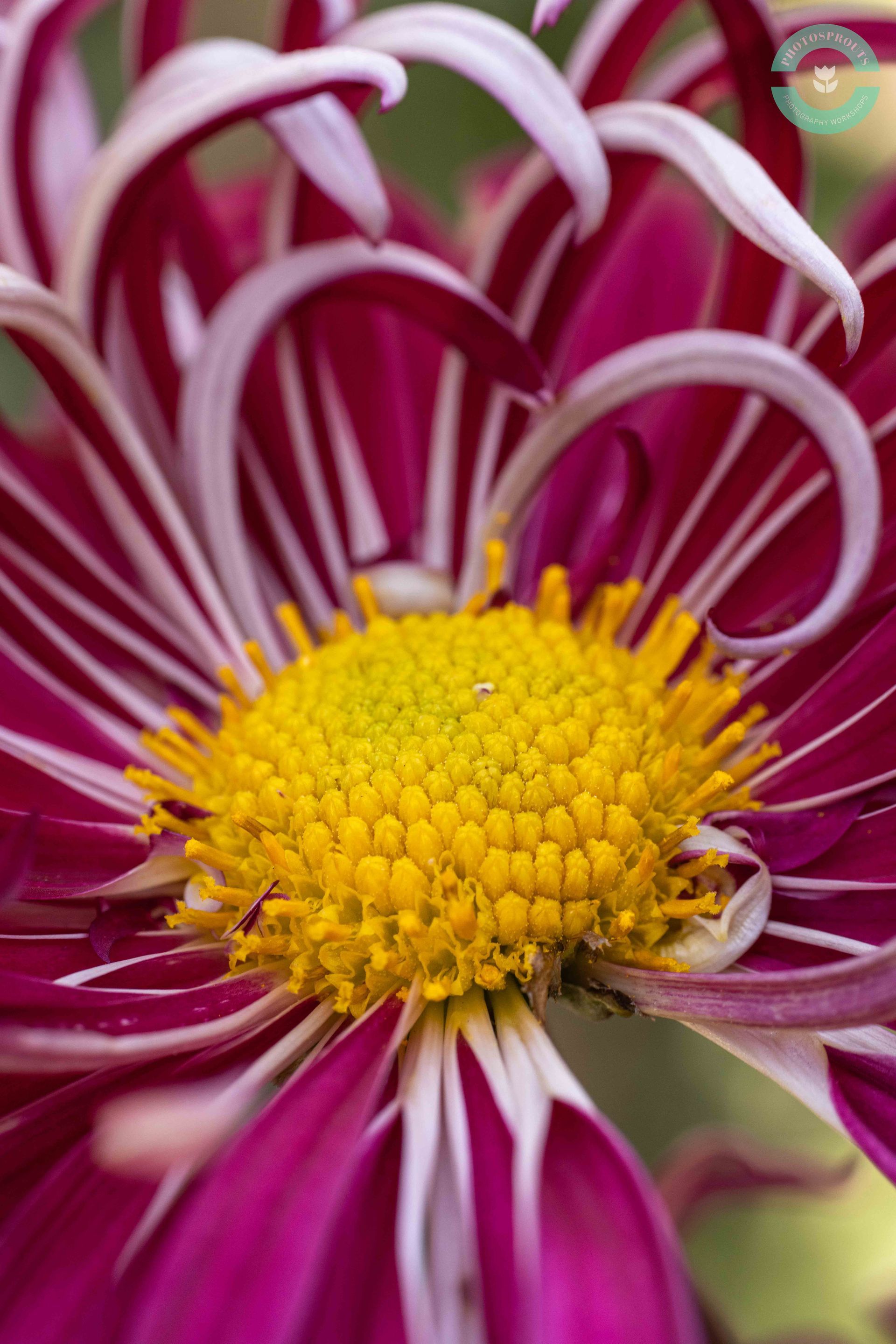
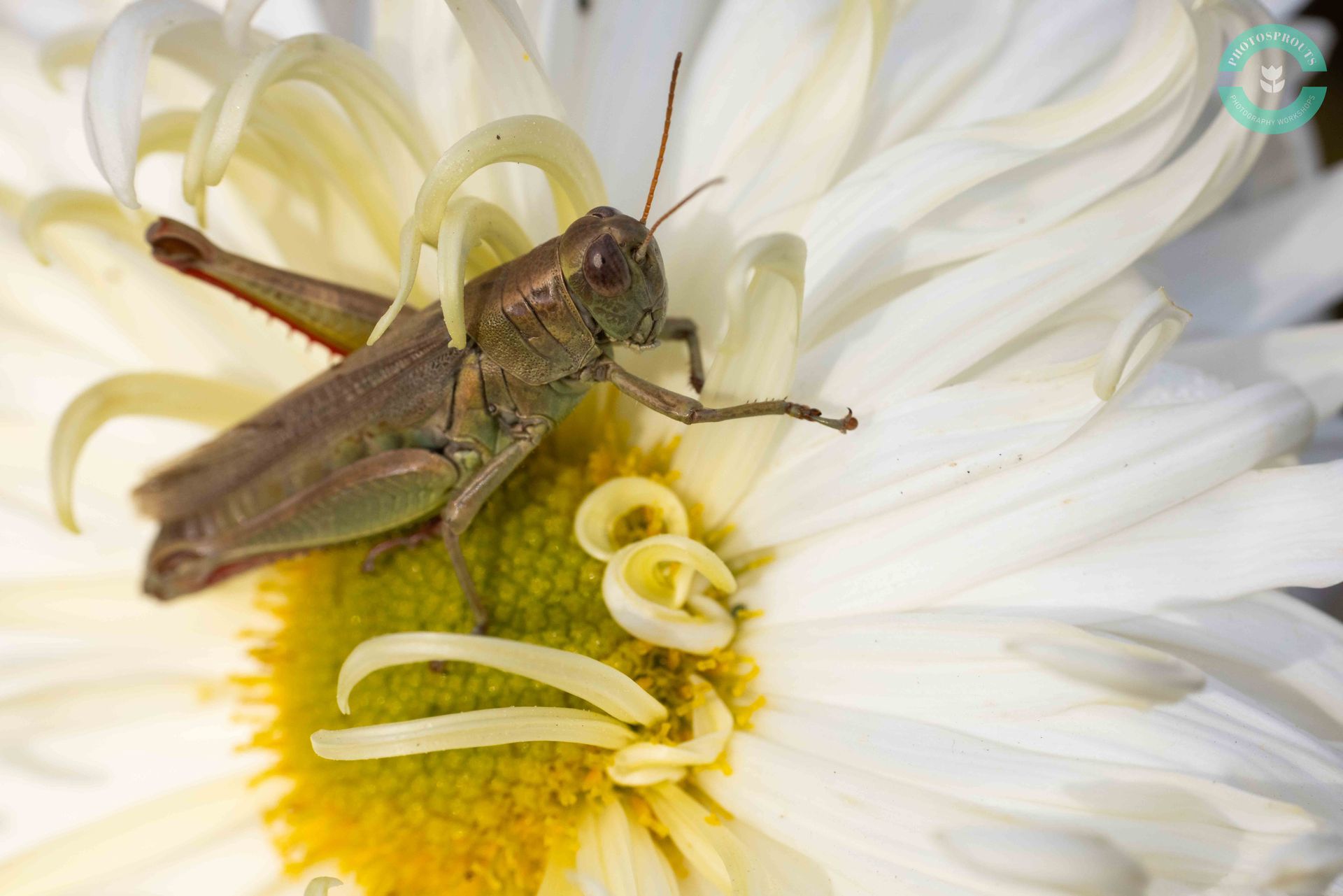
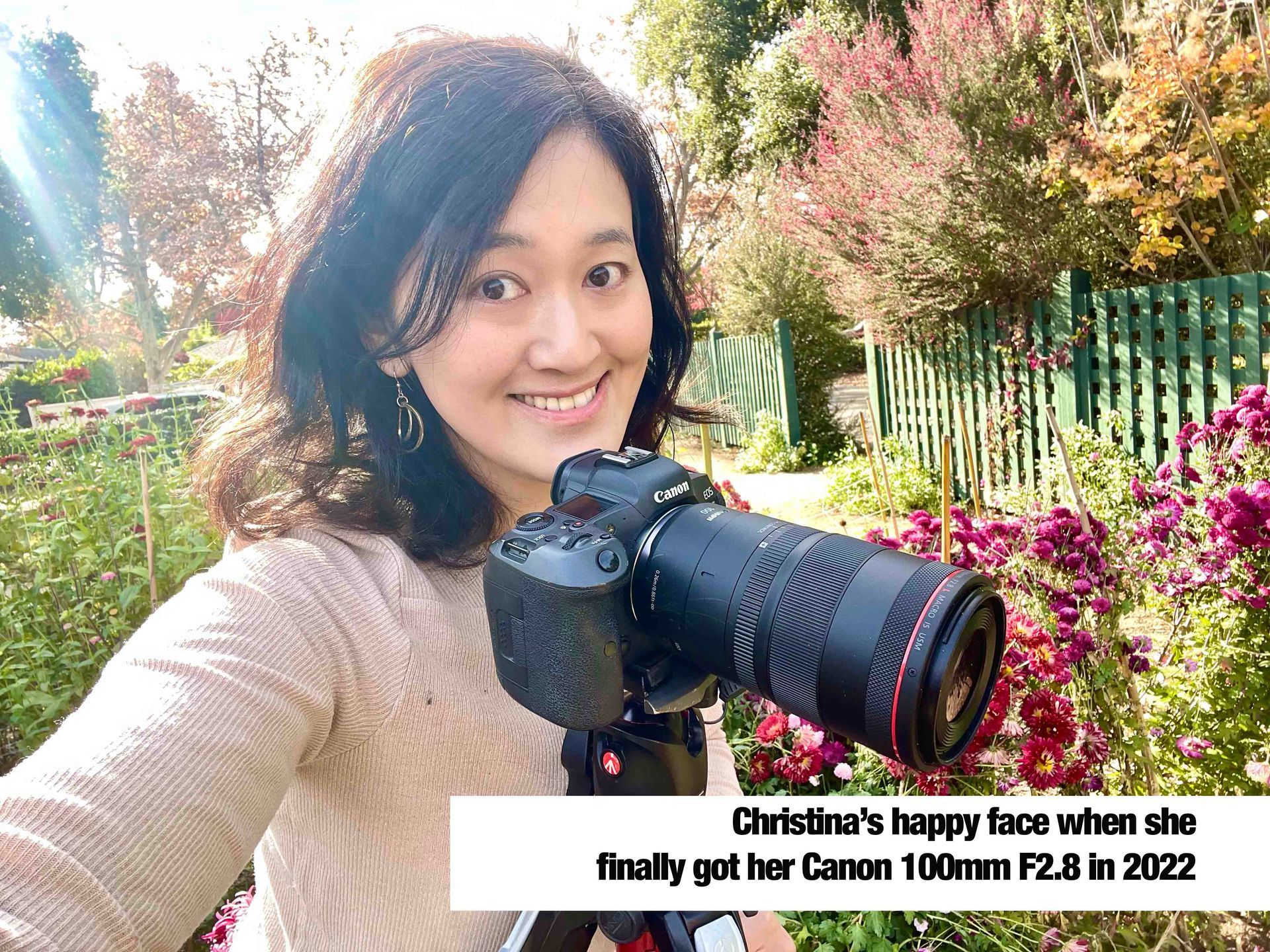
3. Will Extension Tube Cause the Image to Lose Light?
Lighting is already an issue in Macro Photography, with or without an extension tube.
This is because when you intentionally narrow down the aperture to get more sharpness and depths, there is also less light.
Not to mention a higher shutter speed is needed to combat against the blowing wind!
An extension tube will cause the image to lose light due to the increased distance between the lens and the sensor, which makes the light harder to reach to the sensor.
If an extension adds more pain to the already-difficult situation, then is it worth using it?
Let's find out!
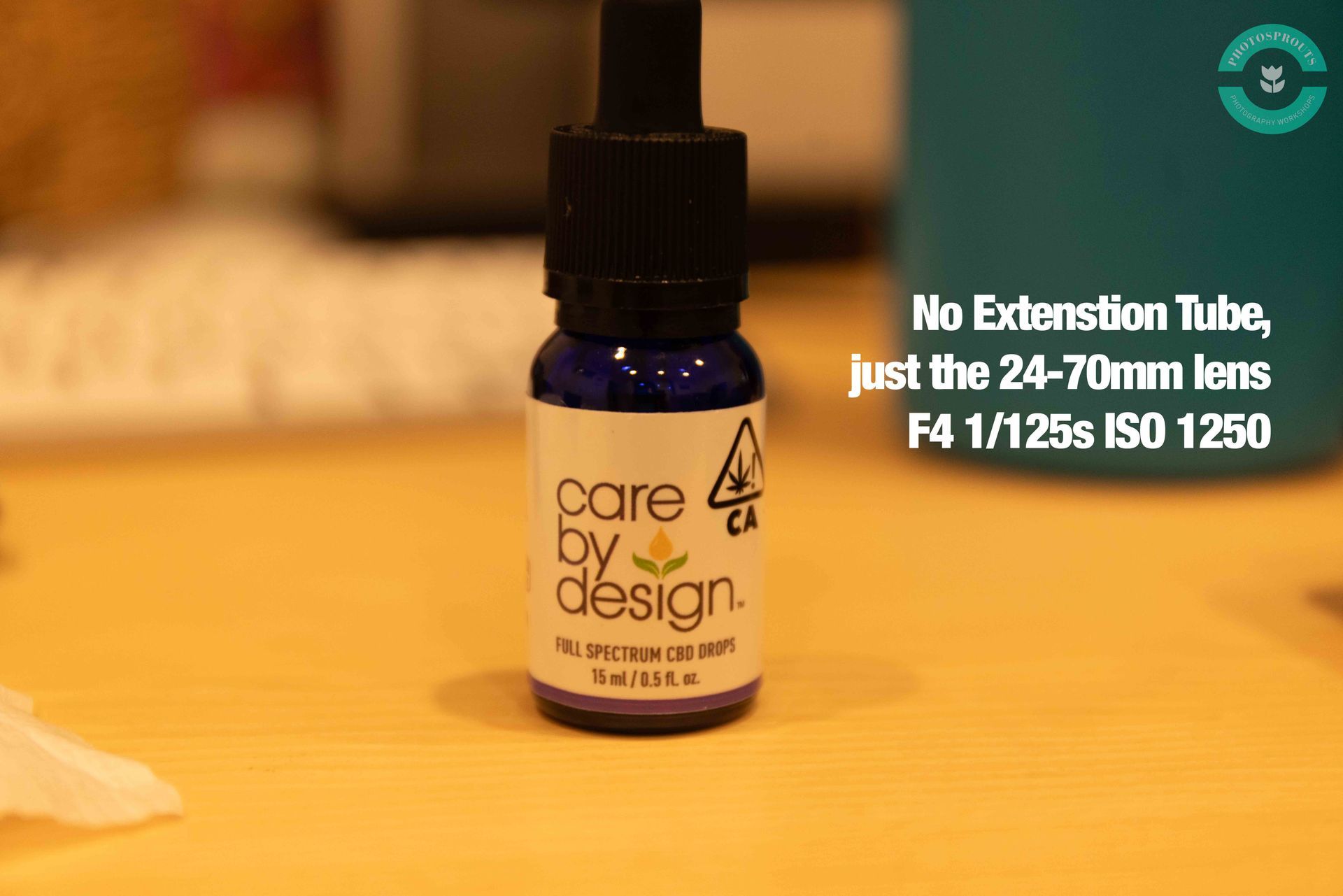
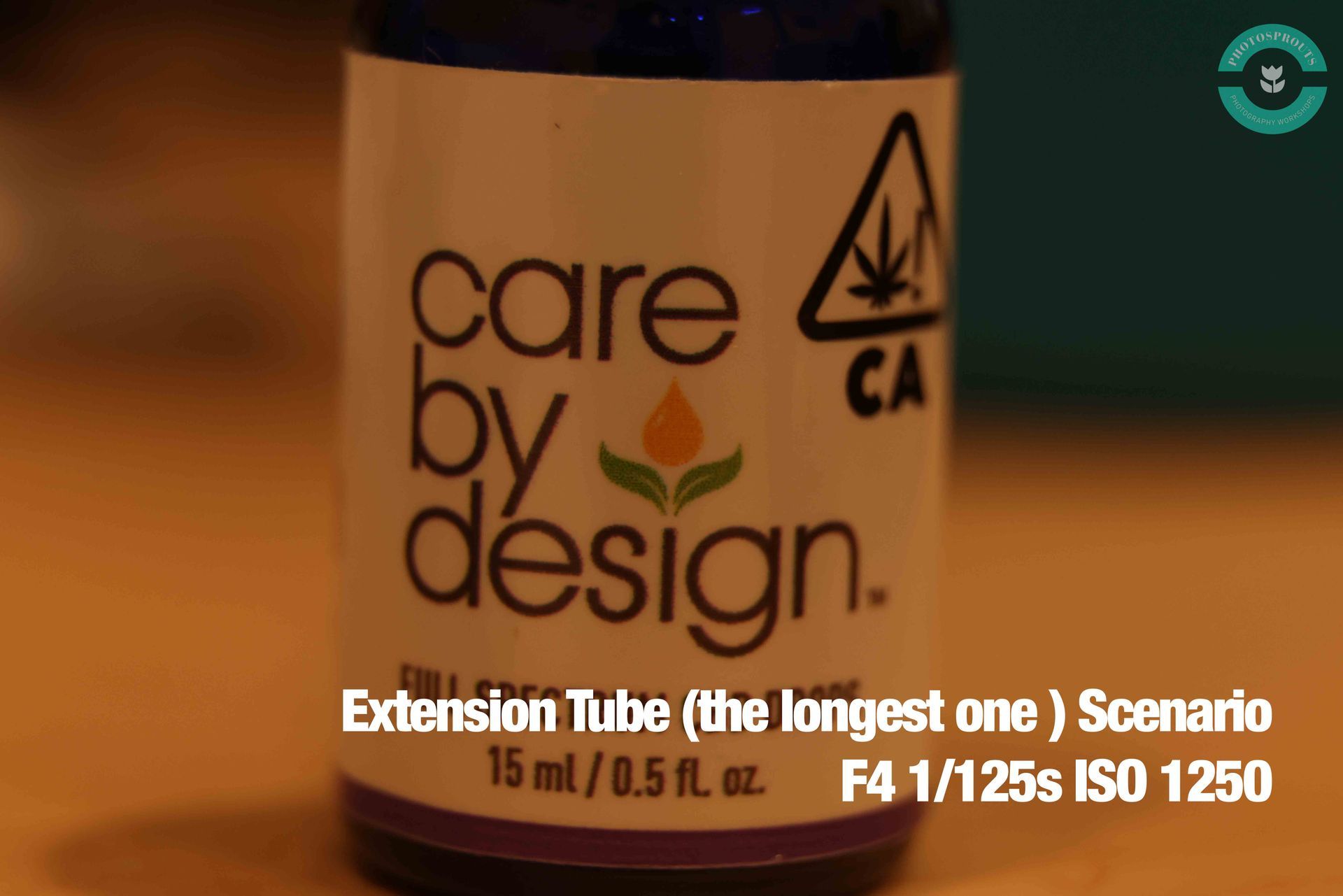
Truly, adding an extension reduces some light (one stop, at least).
What about a macro lens? Let's see:
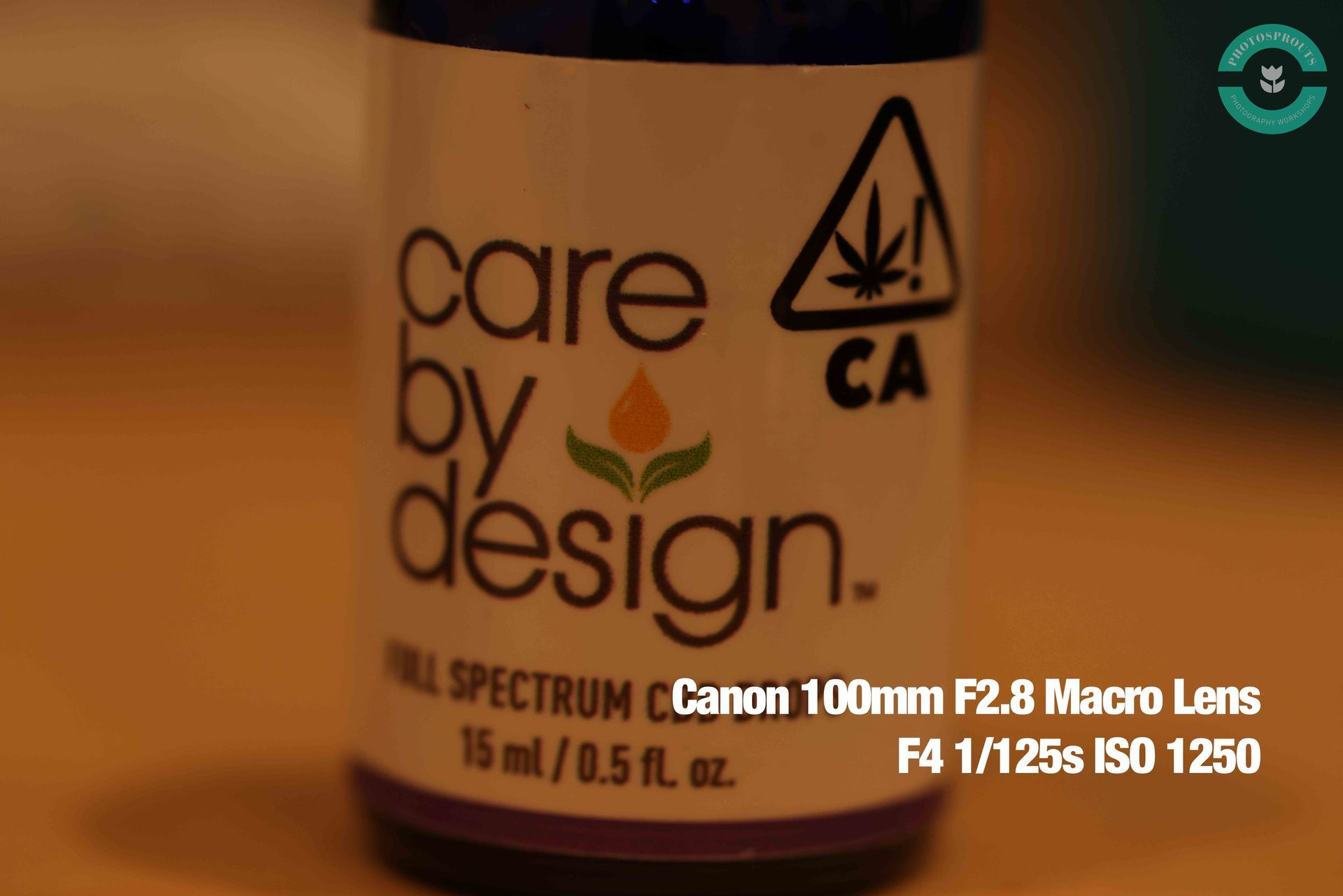
While there is a significant amount of light drop when an extension tube is added to a regular lens,
I don't see any difference in terms of light between the extension tube vs the macro lens scenarios.
I think this is a fair game: I lost equal amount of light in macro photography in both scenarios (extension tube vs macro lens).
The optical structure inside an expensive macro lens also cause light loss!
Conclusion: an extension tube doesn't make the situation become worse.
Conclusion
An extension tube is a budget friendly way for one to start shooting macro photography.
It does not compromise on the quality (unless you blow up the image), sharpness and the light.
You can see very similar results on a pricier macro lens.
However, it is less convenient to use extension tubes as one needs to switch between them from time to time when the composition and magnification need change.
If convenience justifies for 10x times the cost, then go for it.
Lastly, let me put on my ad:
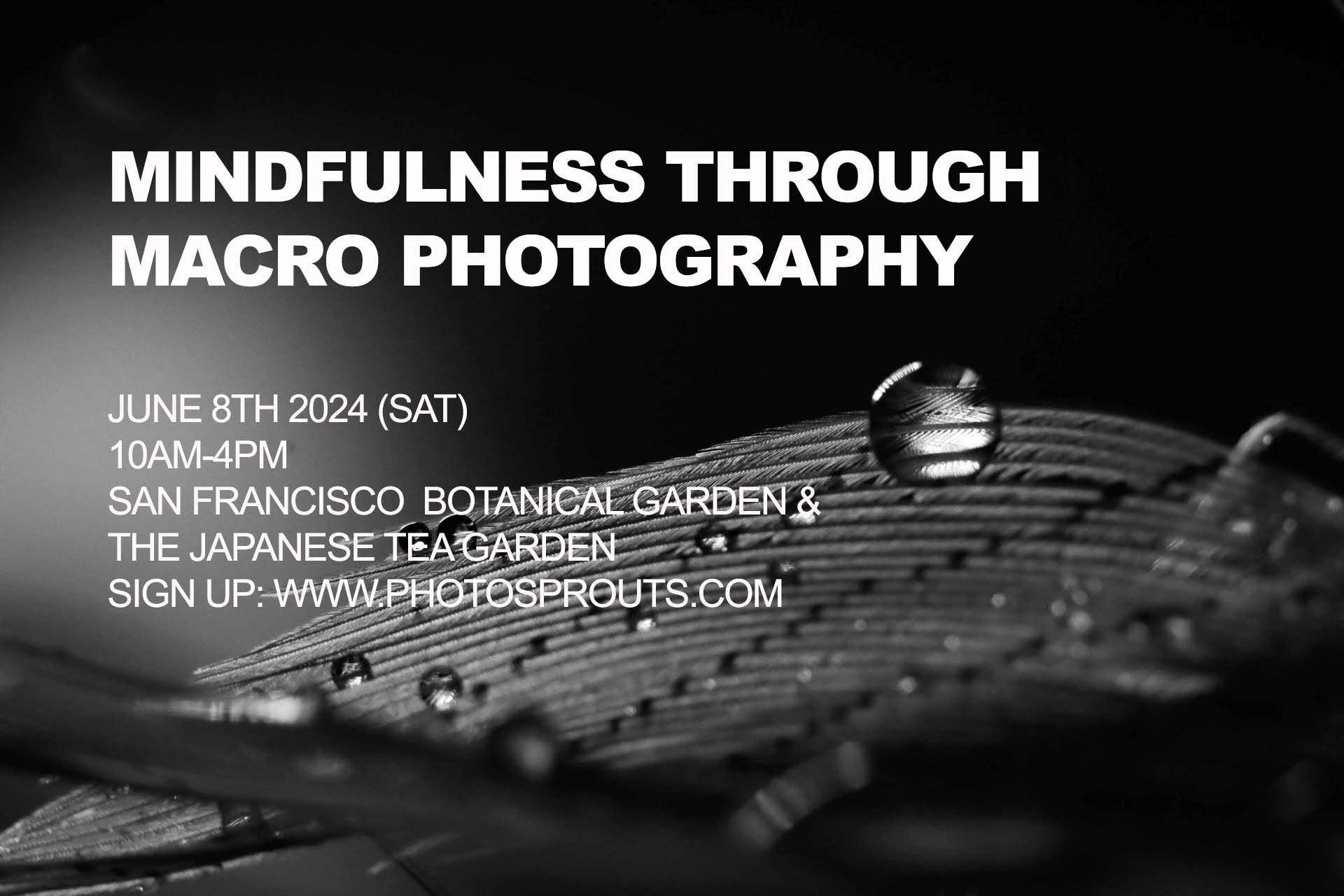
Supplementary Tips
Only read if you are interested to know more about the technical stuff
1) If you prefer using an extension tube, then using a mirrorless camera is a way better experience than a DSLR!
Why?
1) You can effortlessly use the speedy autofocusing system (AF) on a mirrorless camera in extension macro photography.
However, on a DSLR we use manual focusing (MF) for extension tube macro photography, not AF: you physically move towards and away from the subject until it is in focus. The process is slower.
2) The working distance is even more limited on a DSLR than a mirrorless when it comes to extension macro photography.
For example, while you cannot focus on the shortest tube when you are farther than its working distance, and you also CANNOT focus when you are slightly closer than its working distance.
Mirrorless cameras are more capable than DSLRs because of their short flange distance (the distance between the sensor and the lens mount).
2) A big headache when you stack 3 tubes together.
While it is a fair game between one extension tube and a macro lens in terms of lighting, it will cause you headache when you stack 3 extension tubes together.
The focus distance is so close that you almost have to physically in contact with the subject to get it focused!
As a result, a lot of light is blocked.
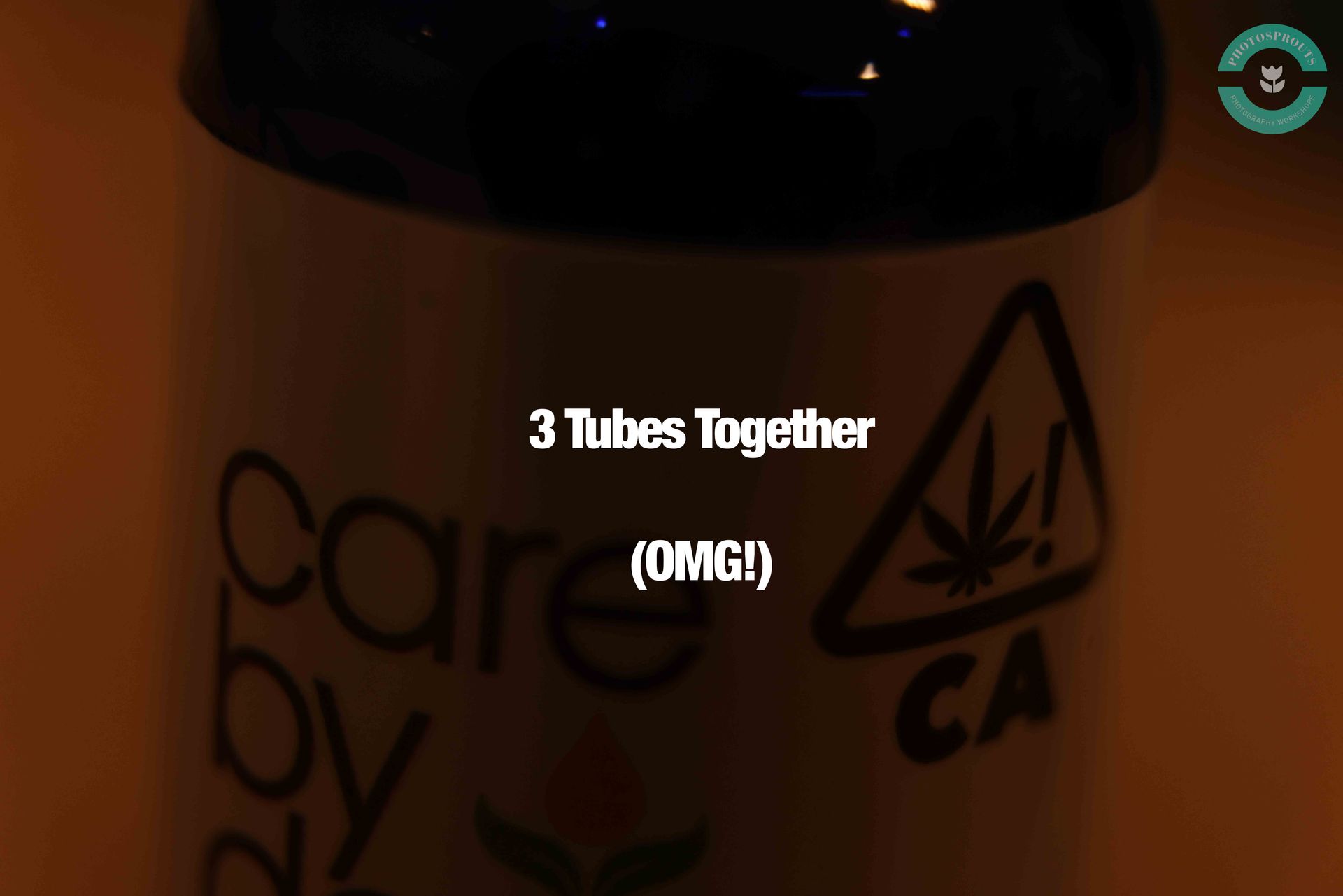
3) Three Reasons Why Your Camera Cannot Focus When An Extension Tube is attached on it
You are excited to try out the extension tubes but it turns out that the camera isn't able to focus when an extension tube is attached on it. And here's why:
1) You are using a wide angle lens
Regardless you are using a mirrorless or DSLR, extension tubes only work on standard to telephoto focal lengths (50mm-200mm), so use these lenses. If you are using a zoom lens, then zoom to a longer focal length.
2) You are not within the working distance
Regardless you are using a mirrorless or DSLR, you might be too close or too far away from the subject; try to explore the working distance of each extension tube.
3) You aren't turn on the Live View on the DSLR
If you are using a DSLR, turn on the Live View and switch to MF (manual focusing). Move towards and away from the subject until it becomes in focus.
Remember, if you are using a DSLR, DO NOT shoot through the viewfinder or use AF in extension tube macro photography,

